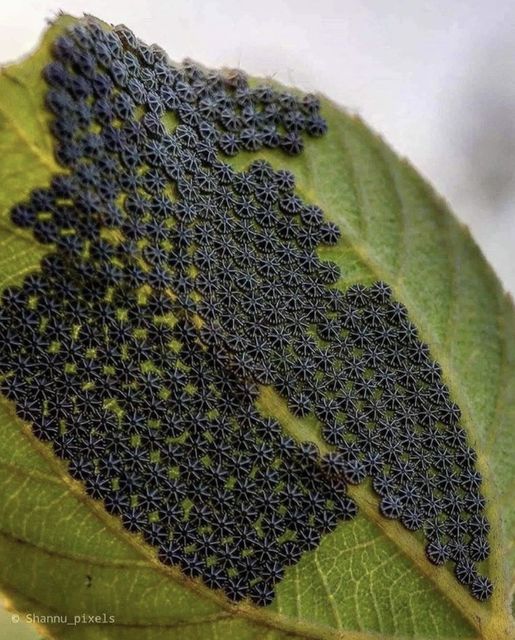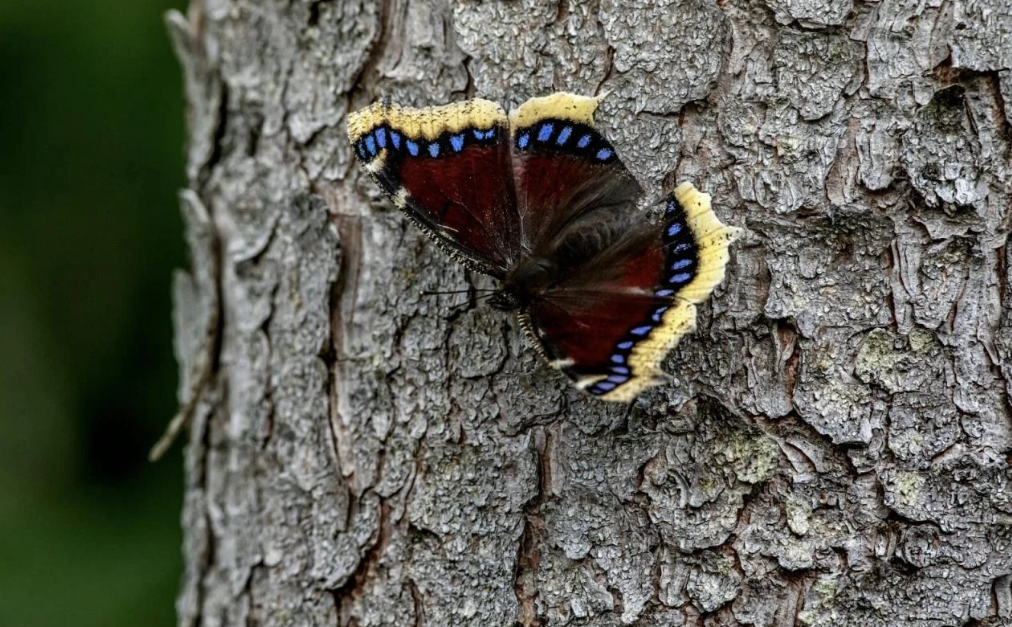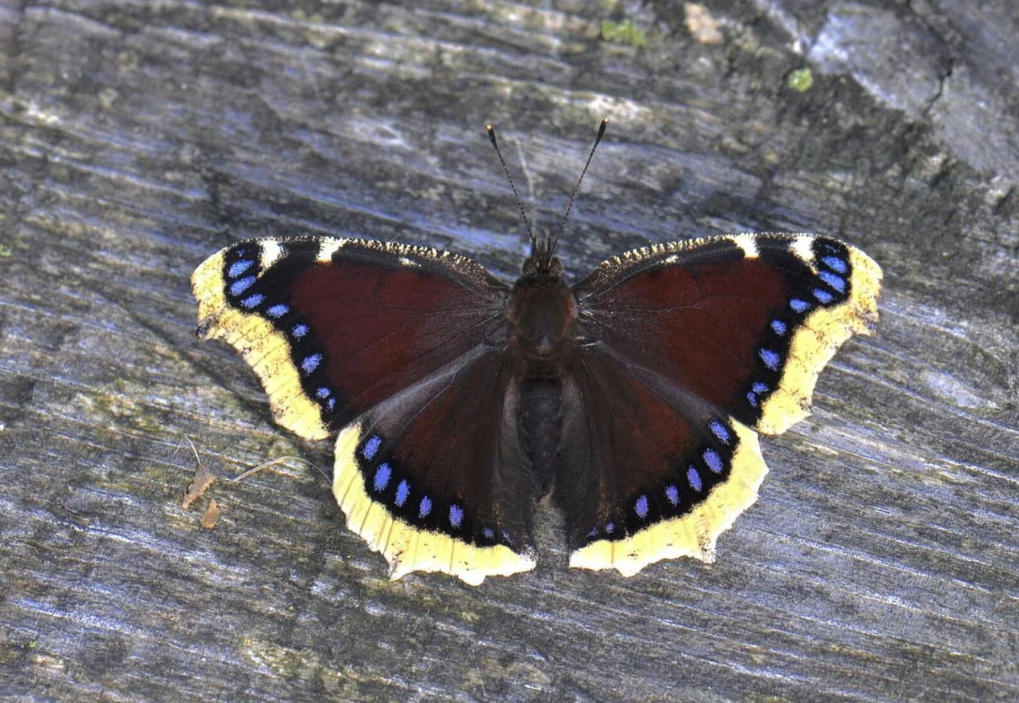You know where you’ll always find me? In my garden. I absolutely love gardening. There’s something so satisfying about nurturing plants, watching them grow, and seeing all your hard work pay off. But let’s be real—gardening isn’t always a walk in the park. One of the biggest headaches is dealing with pests. And sometimes, it’s tough to know which critters are friends and which ones are foes.

Recently, I saw a photo making the rounds on social media that really shows this confusion well. When I first looked at it, I was shocked. The photo showed a leaf covered in these tiny, intricate, black patterns. At first glance, it seemed like the leaf had some alien design on it or was affected by some bizarre disease. I, like many others, had no clue what it was.

After some digging, I found out that those strange patterns are actually the eggs of the Nymphalis Antiopa butterfly. For those who may not know, the Nymphalis Antiopa, or the Mourning Cloak butterfly, has a unique life cycle and some fascinating habits.
First, let’s talk about the eggs. The photo I saw was a close-up of these eggs on a leaf. They look almost like delicate black lace covering the surface. It’s really quite beautiful once you get past the initial shock. The eggs are laid in clusters, and each tiny egg is a perfect little geometric marvel. Initially, I thought, “This is either going to be great for my garden or a disaster.”
The good news is the Nymphalis Antiopa butterfly is actually beneficial. The larvae, or caterpillars, feed on leaves but usually prefer trees and shrubs like willows, elms, and poplars. So if you have a garden full of flowers and veggies, you’re probably safe. Plus, these butterflies help out by feeding on rotting fruit, aiding in decomposition.





